Bappeda Ngawi, a key player in regional development initiatives, participate in an international seminar organized by The Indonesian National Committee of the International Hydrology Programme (IHP) UNESCO, in collaboration with the National Research and Innovation Agency (BRIN) and the Indonesian Society of Limnology (MLI). This seminar, slated to commence on March 18, 2024, at 08:30 AM Jakarta time, will focus on the crucial theme of “Watershed-Based Water Resources Management for Shared Prosperity.”

The seminar promises to be a groundbreaking event, drawing together experts, policymakers, and stakeholders from across the globe to deliberate on strategies for sustainable water resource management. With the overarching goal of fostering shared prosperity, participants will engage in discussions aimed at addressing pressing challenges and exploring innovative solutions in watershed management.
Distinguished figures have been lined up to share their expertise during the seminar. Dr. Mego Pinandito, M.Eng, Deputy Chairman for Development Policy at BRIN, will kick off the event as the keynote speaker. His extensive knowledge and experience in development policy will set the tone for the discussions to follow.
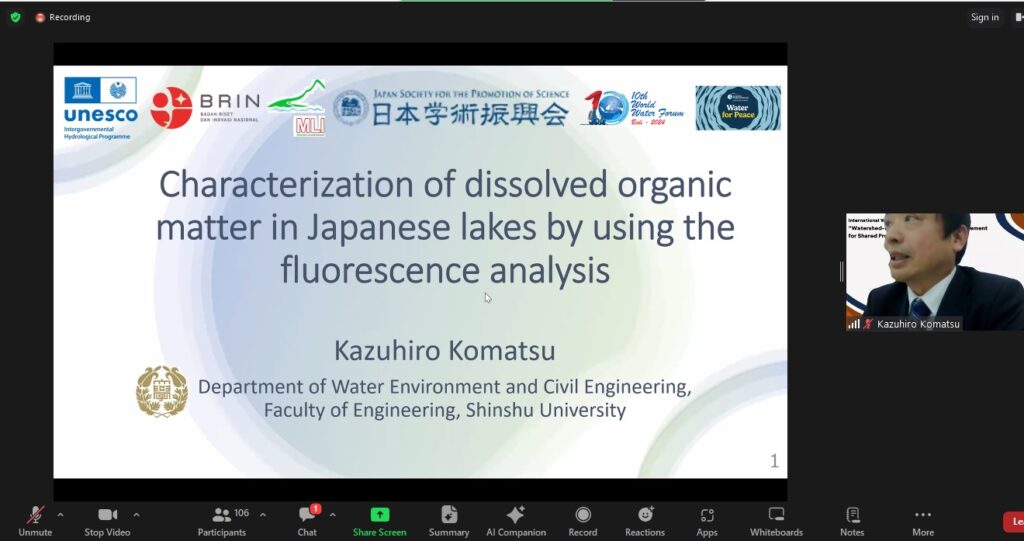
Joining Dr. Pinandito are esteemed invited speakers:
- Prof. Kazuhiro Komatsu from Shinshu University, Japan, renowned for his contributions to the field of hydrology and watershed management.
- Dr. Muhammad Zainal Arifin, representing the Ministry of Environment and Forestry of the Republic of Indonesia, will provide insights into governmental perspectives and initiatives concerning water resource management.
- Prof. Dr. Irfan Budi Pramono from The National Research and Innovation Agency of the Republic of Indonesia, esteemed for his research and expertise in advancing scientific solutions for sustainable development.
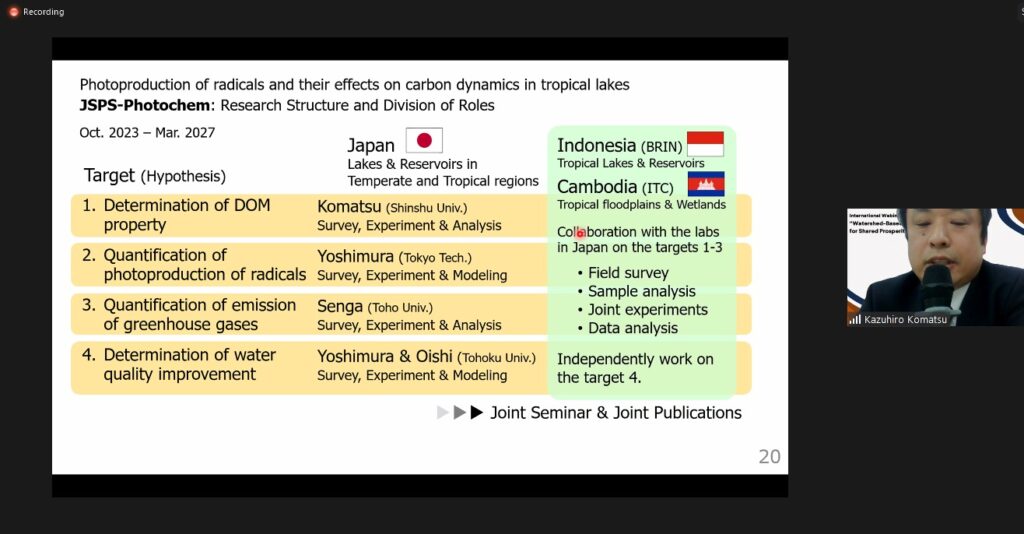
This international seminar presents a unique opportunity for Bappeda Ngawi to improve knowledge, network with industry leaders, and contribute to the global dialogue on water resource management. Further, insights from this groundbreaking event, Bappeda Ngawi hopefully continues its commitment to regional development and sustainability.
Prof Komatsu said that The use of DOM (Dissolved Organic Matter) characterization techniques, particularly fluorescence analysis, has indeed matured significantly over the years. Fluorescence spectroscopy has become a valuable tool in studying DOM composition, sources, and reactivity in aquatic systems. However, whether it can serve as a sole reference in developing sustainable lake management strategies depends on various factors.
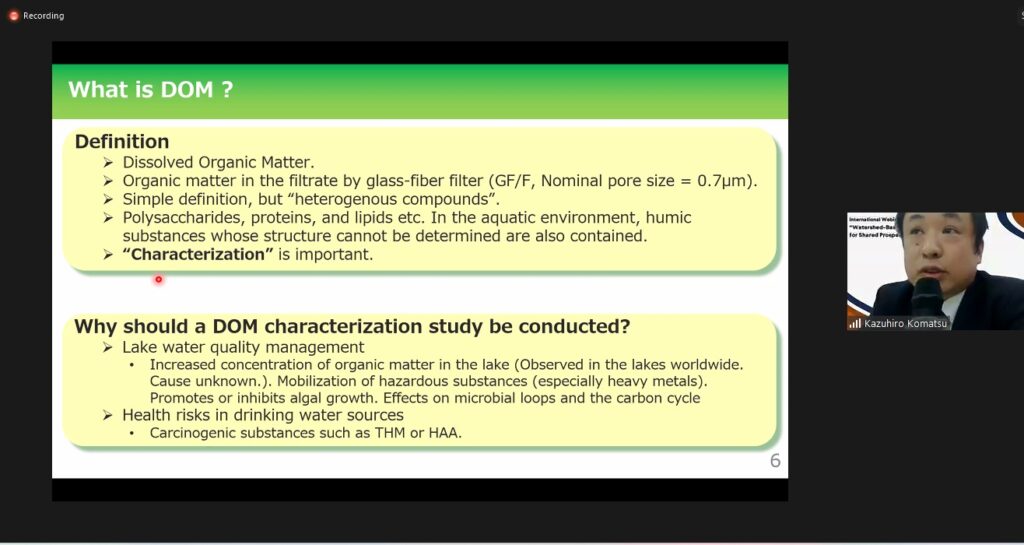
- DOM Characterization Maturity: Fluorescence spectroscopy provides insights into DOM properties such as composition, aromaticity, and molecular weight, but it may not capture all aspects of DOM behavior. Other characterization techniques, such as UV-Vis spectroscopy, nuclear magnetic resonance (NMR), or mass spectrometry, may complement fluorescence analysis to provide a more comprehensive understanding of DOM dynamics.
- Application in Sustainable Lake Management: Fluorescence-derived information on DOM bioavailability can certainly inform nutrient management practices and guide decision-making in lake management. Bioavailable DOM contributes to nutrient cycling and can influence water quality, algal growth, and oxygen dynamics in lakes. By understanding DOM bioavailability, managers can optimize nutrient loading strategies, such as fertilization or sediment management, to mitigate eutrophication and improve water quality.
- Artificial Aeration Strategies: Information on DOM bioavailability and composition can also aid in decision-making regarding artificial aeration strategies. Artificial aeration is often employed to mitigate hypoxia or anoxia in lakes, which can be exacerbated by high levels of organic matter. Understanding the relationship between DOM characteristics and oxygen dynamics can help tailor aeration strategies to target specific DOM fractions or alleviate oxygen depletion in stratified lakes.
- Consideration of Environmental Context: It’s essential to consider the environmental context and specific characteristics of the lake system when utilizing DOM characterization data for management decisions. Factors such as lake morphology, hydrology, land use, and climate can influence DOM dynamics and the efficacy of management interventions. Integrating DOM characterization with broader ecosystem assessments and monitoring programs can enhance the relevance and applicability of management strategies.
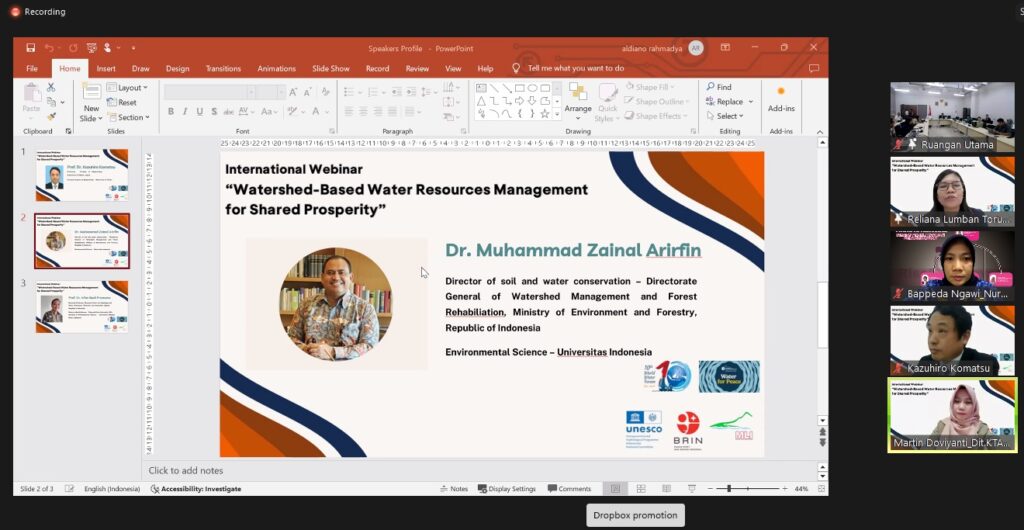
While fluorescence-based DOM characterization techniques have advanced significantly and can provide valuable insights for lake management, they should be integrated with other approaches and contextual considerations to develop robust and sustainable management strategies.
The mismatch between administrative boundaries and watershed boundaries presents a significant challenge in surface water management. However, several strategies can be employed to address this problem:
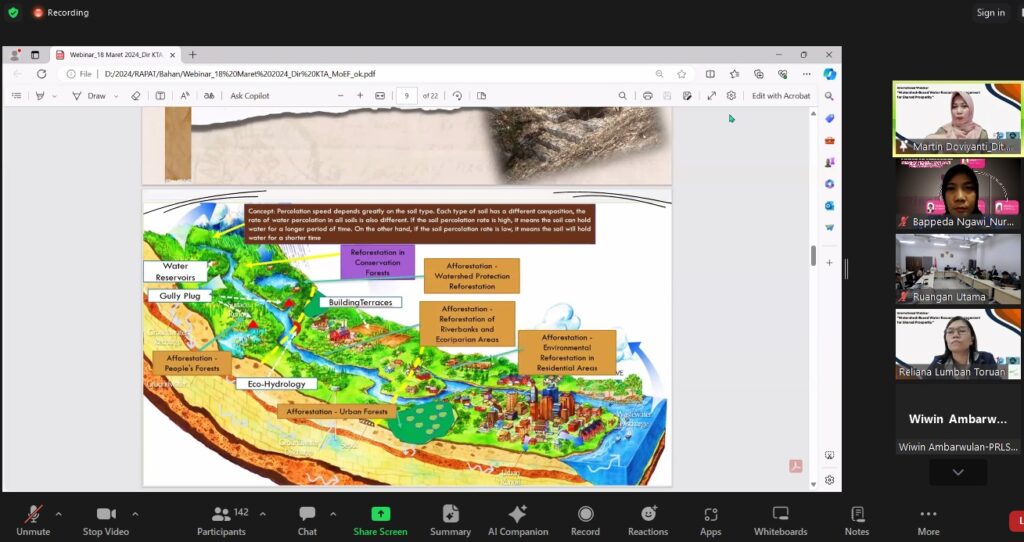
- Integrated Watershed Management: Promote integrated watershed management approaches that recognize the interconnected nature of surface water resources and transcend administrative boundaries. Collaborative efforts involving multiple stakeholders, including regional governments, local communities, water utilities, and conservation organizations, can help develop holistic management plans that consider the entire watershed as a unit of analysis.
- Stakeholder Engagement and Coordination: Facilitate stakeholder engagement and coordination mechanisms to foster cooperation among jurisdictions with overlapping watershed boundaries. Establishing watershed management councils or committees comprising representatives from relevant administrative units can facilitate communication, coordination, and decision-making on shared water management issues.
- Data Sharing and Information Exchange: Enhance data sharing and information exchange mechanisms among administrative entities responsible for surface water management. Develop standardized protocols for data collection, monitoring, and reporting to ensure consistency and interoperability across jurisdictions. Shared databases and online platforms can facilitate access to information and foster collaborative decision-making processes.
- Policy Harmonization and Alignment: Promote policy harmonization and alignment to address regulatory inconsistencies and promote integrated water management goals. Identify opportunities to revise existing regulations, laws, and administrative structures to better reflect watershed boundaries and support coordinated management efforts. Develop joint agreements or memoranda of understanding (MOUs) among administrative entities to clarify roles, responsibilities, and cooperation mechanisms in watershed management.
- Ecosystem-Based Planning and Zoning: Implement ecosystem-based planning and zoning approaches that account for natural watershed boundaries and ecological processes. Incorporate watershed-based land use planning, zoning regulations, and conservation strategies to protect critical water resources and maintain ecosystem services. Encourage the adoption of green infrastructure and nature-based solutions to enhance watershed resilience and mitigate water-related risks.
- Capacity Building and Institutional Support: Provide capacity building and institutional support to enhance the technical expertise, administrative capacity, and governance structures necessary for effective watershed management. Invest in training programs, knowledge sharing initiatives, and institutional strengthening efforts to empower local stakeholders and build consensus around shared water management objectives.
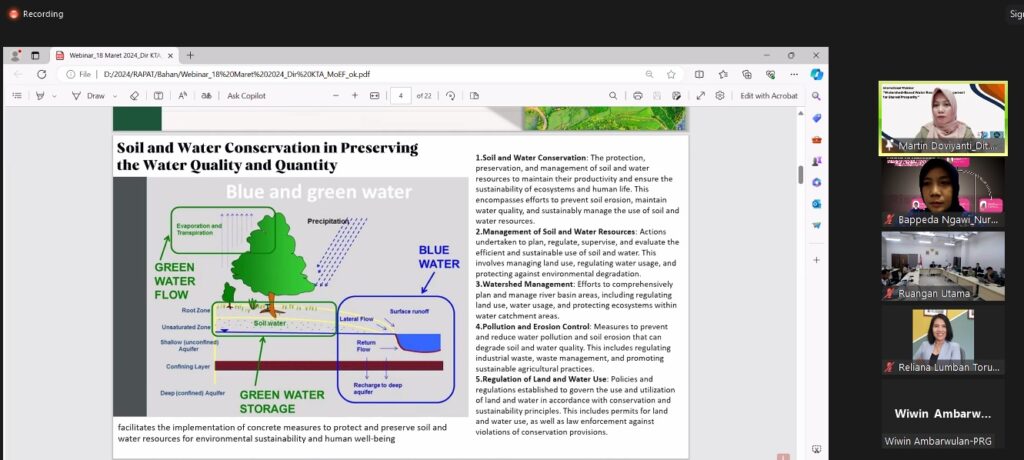
By adopting these strategies, regional governments can overcome the challenges posed by mismatched administrative and watershed boundaries and work towards more effective and sustainable surface water management. Collaboration, coordination, and adaptive governance are key to addressing complex water management issues and promoting resilience in the face of environmental change.